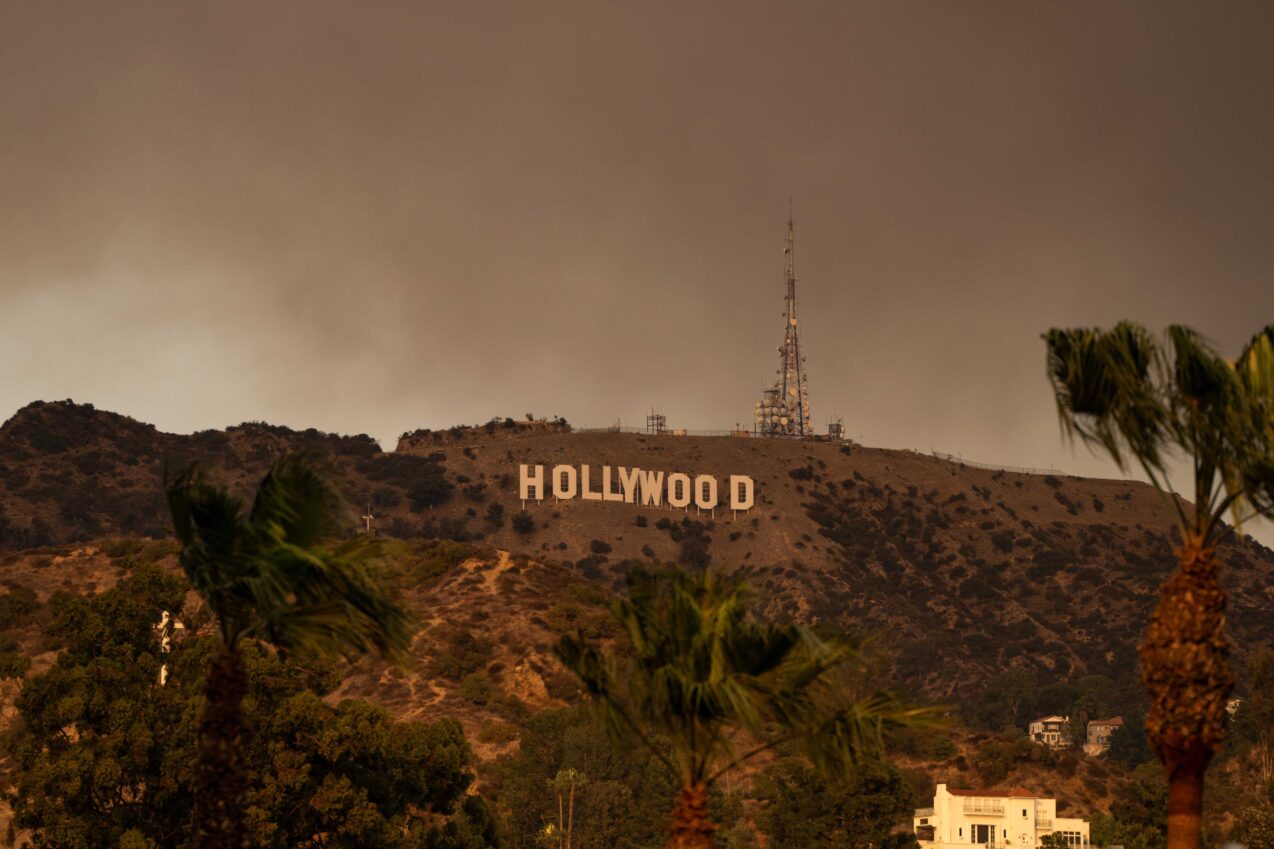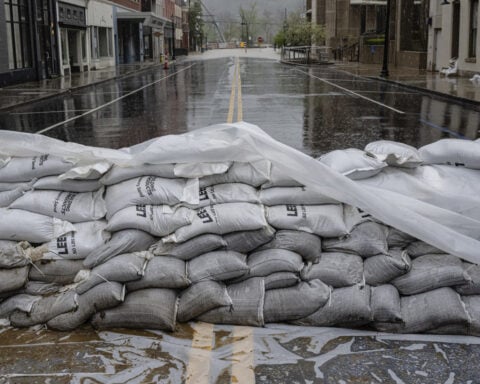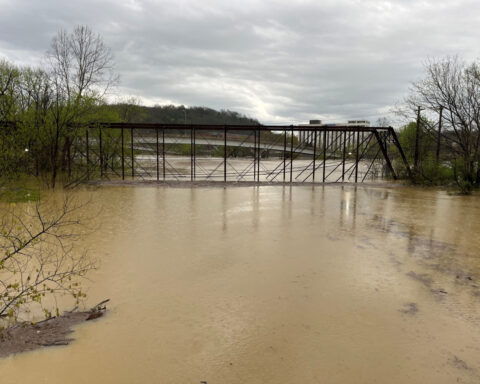LOS ANGELES — Despite Air Quality Index readings showing "healthy" or "moderate" levels across Los Angeles County, experts warn these measurements do not fully capture health risks from recent urban fires and high winds.
Air quality specialists and public health officials say the Air Quality Index, or AQI, fails to measure specific toxic particles released by burning structures, even when air appears clear to residents.
"The AQI is not reliable for this situation," said Anthony Wexler, director of the Air Quality Research Center at the University of California-Davis. "And you can't see it. So, looking around and saying, 'Oh, it looks clear.' That doesn't tell you anything."
The AQI system, which uses data from 5,000 air monitors nationwide, measures common air pollutants but does not detect levels of specific toxins like asbestos, copper, or lead that can be released when buildings burn.
According to the South Coast Air Quality Management District, AQI readings throughout L.A. County ranged between 30 and 60 on Monday evening, Jan. 13, falling in the "good" to "moderate" categories. These readings come as firefighters continue battling large blazes in Pacific Palisades and Altadena.
Nahal Mogharabi of the South Coast Air Quality Management District noted that wind-blown ash particles often contain toxic chemicals and are typically too large for AQI monitoring equipment to detect.
"The wind is spreading a lot of ash that is not detected in AQI," Mogharabi said. "These ash particles... are typically visible to the naked eye, either in the air or on outdoor surfaces."
Mary Johnson, a research scientist at Harvard T.H. Chan School of Public Health, explained that burning materials releases various harmful substances. "There's a lot of chemicals involved—things like plastics, toxic metals, asbestos," she said. "A lot of things in our environment, when they do combust, they can be toxic."
The L.A. County Department of Public Health declared a local health emergency late Friday. Officials identified higher-risk groups, including individuals with heart or lung conditions, those over 65, pregnant women, and children.
Weather conditions may worsen air quality concerns. The National Weather Service has issued a red flag warning for large portions of L.A. and Ventura counties. While not expected to match the previous week's 80 to 100 mph speeds, winds could reach gusts between 55 and 70 mph.
Public health officials say wind direction plays a major role in exposure risk, with residents closer to active fires generally facing increased danger from airborne toxins. However, shifting winds make it difficult to predict where ash will travel.
Muntu Davis, the health officer for L.A. County, emphasized the threat's widespread nature. "Smoke and ash can harm everyone, even those who are healthy," Davis said.
Wexler suggested residents rely more on their sense of smell than visual cues when assessing air quality. "A better metric is your smell," he said. "Because you can smell it before you can see it. And so if it smells like smoke, it's there, or it's coming."
According to Mogharabi, the lower AQI readings early this week resulted from decreased smoke production from the Eaton and Palisades fires.
"Smoke production from the Eaton and Palisades fires has decreased significantly, as evident from satellite imagery, webcam imagery, and local fine particle pollution monitors," Mogharabi said.
However, she cautioned that conditions could change rapidly, "Unfortunately, this may change as strong Santa Ana winds return to the area," she said.
Rather than depending solely on AQI measurements, Wexler recommended using the PurpleAir Map to track smoke plumes in real-time. "If the plume is where you are or heading towards you, then take measures to protect yourself," he said.
The South Coast Air Quality Management District continues monitoring air quality conditions across the region. Local health officials have issued detailed guidance for residents to protect themselves during periods of poor air quality, regardless of AQI readings.
As firefighting efforts continue in multiple locations across L.A. County, authorities advise residents to stay informed about changing conditions and follow public health recommendations, particularly when smoke or ash is visible in their area.

 Trump has begun another trade war. Here's a timeline of how we got here
Trump has begun another trade war. Here's a timeline of how we got here
 Canada's leader laments lost friendship with US in town that sheltered stranded Americans after 9/11
Canada's leader laments lost friendship with US in town that sheltered stranded Americans after 9/11
 Chinese EV giant BYD's fourth-quarter profit leaps 73%
Chinese EV giant BYD's fourth-quarter profit leaps 73%
 You're an American in another land? Prepare to talk about the why and how of Trump 2.0
You're an American in another land? Prepare to talk about the why and how of Trump 2.0
 Chalk talk: Star power, top teams and No. 5 seeds headline the women's March Madness Sweet 16
Chalk talk: Star power, top teams and No. 5 seeds headline the women's March Madness Sweet 16
 Purdue returns to Sweet 16 with 76-62 win over McNeese in March Madness
Purdue returns to Sweet 16 with 76-62 win over McNeese in March Madness








